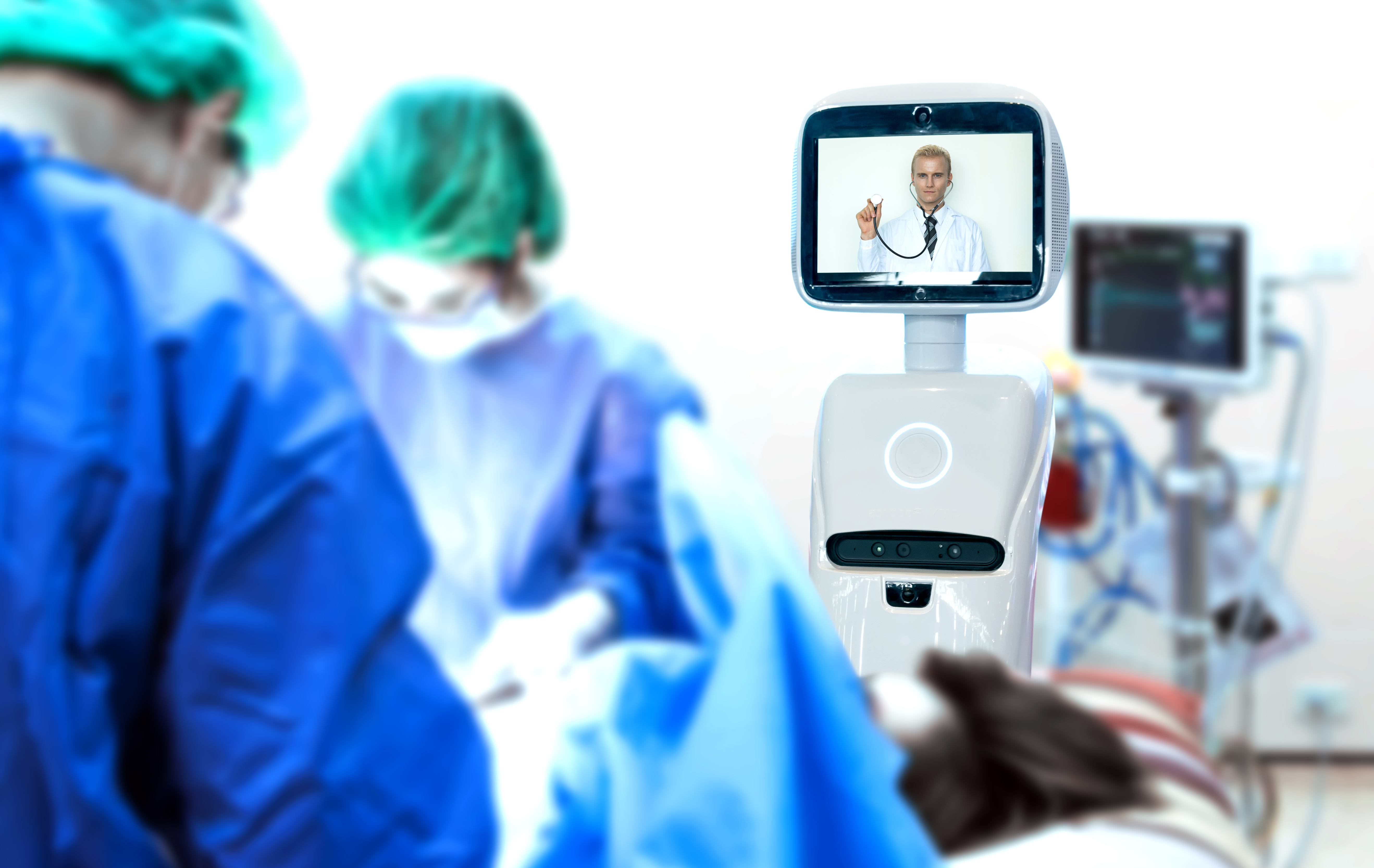


NORFOLK, VIRGINIA - There are many important factors that affect the widespread acceptance and use of artificial intelligence (AI) algorithms in healthcare. Headline grabbing, and very important, concerns about real and potential racial, gender, and population biases have been extensively discussed of late. Generalizability, or the portability of algorithms to multiple sites without degradation in effectiveness, is also an important consideration that researchers have been working on. But perhaps the most impactful hurdle to widespread clinical usage of AI algorithms will be their seamless integration into clinical workflows.
Healthcare providers are already inundated with menial and tedious tasks throughout their workdays. These small and repeated interruptions, in what most providers consider patient care, have had a well-documented effect on the increase in burnout and the decrease in job satisfaction amongst medical professionals. This has been the proverbial death by a thousand papercuts for physicians, nurses, and other medical service providers. The most prominent examples of these supplementary activities center on tasks associated with documentation in the electronic medical record and required billing and coding functions. Sometimes it can be as simple as adding only one or a few additional computer mouse clicks to a process that can make it seem almost unbearable, especially when those tasks are performed tens or dozens of times a day.
In a first-hand example from a colleague’s clinical experience, a change in imaging exam protocoling was initiated, switching from paper to digital protocolling, when the institution transitioned to a new electronic medical record system. Before the switch, protocoling exams involved going through a folder filled with printouts of all imaging requests. The radiologists would review the indication and determine what the most appropriate imaging exam would be for each
The content herein is subject to copyright by The Yuan. All rights reserved. The content of the services is owned or licensed to The Yuan. Such content from The Yuan may be shared and reprinted but must clearly identify The Yuan as its original source. Content from a third-party copyright holder identified in the copyright notice contained in such third party’s content appearing in The Yuan must likewise be clearly labeled as such. Continue with Linkedin
Continue with Linkedin
 Continue with Google
Continue with Google









 4203 views
4203 views








